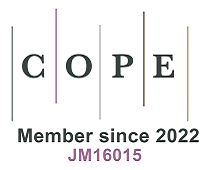fig6

Figure 6. Application of iDPC-STEM imaging on small molecules confined in pores of zeolites[72]. (A) iDPC-STEM images of ZSM-5 empty straight channels. Scale bar, 1 nm. (B) Channels after saturated pyridine adsorption. Scale bar, 1 nm. (C) Magnified iDPC-STEM image of a near-horizontal pyridine with an obvious ring structure in the ZSM-5 channel. Scale bar, 0.5 nm. (D) Marks for the C or N atoms (red dots) and the positions of intensity profiles (red arrow). (E) Calculated structural model of pyridine in the ZSM-5 channel that is closest to the observation in (C). The acid site is set at O2. (F) Simulated iDPC-STEM image based on the model in (E). (G) Intensity profiles of the experimental (solid line) and simulated (dashed line) iDPC-STEM images. The positions of intensity profiles are given in (D). (H-K) Enlarged iDPC-STEM images of two thiophenes in the ZSM-5 channel showing clear ring structures and corresponding intensity profiles of S and C atoms with different intensities. The errors in the S position between the simulation model and the imaging results are shown in red and blue dots, respectively. Scale bar, 0.5 nm. (L) Schematic representation of thiophene binding to the acid sites.









